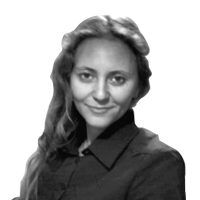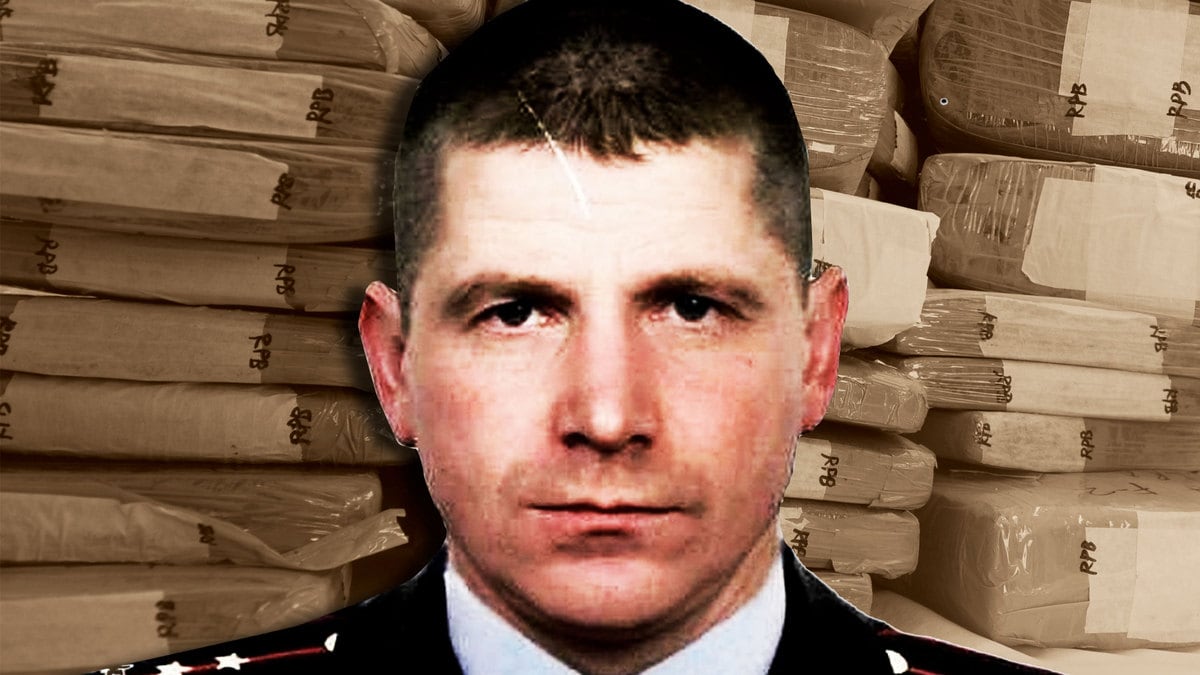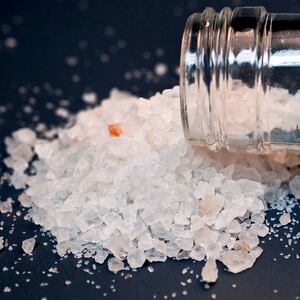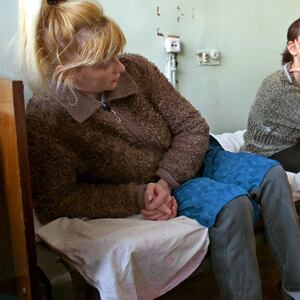MOSCOW—A Russian policeman has stumbled on what authorities are calling the biggest cache of synthetic drugs discovered in Russia this year: two metric tons of ready-to-use product and more than four tons of partially manufactured drug known as “salts” or “bath salts” derived from Chinese-sourced chemicals.
That the discovery was an accident tells you a lot about law enforcement here.
Captain Dmitry Petrov pushed open the door to what he thought was an illegal auto parts business in the village of Obukhovets, population 150, in the Leningrad region. His specialty is vehicle thefts and chop shops. He told The Daily Beast that he had served for 25 years on the police force but had never investigated any drug cases at all.
ADVERTISEMENT
Now here he was, looking at some industrial equipment, dozens of tons of ready and half-ready drugs, chemical substances in plastic containers, in huge pans and spread on long black cloth on the floor of the barn in the snowy outskirts of the village.
Petrov told The Daily Beast he drew his gun and yelled that if anyone ran, “I will kill you all!"
They ran anyway. “Several people rushed in different directions, when they saw me,” Petrov said, “but it was possible to capture a few of them, eventually.”
A regional news site, 47News, published photographs of the secret factory—which looks like something out of the later episodes of Breaking Bad—and Petrov is being hailed as a hero. “It is pleasant to receive positive comments and letters from people writing to me with gratitude,” said Petrov. “It seems I did not give the police a quarter of a century of my life in vain.”
As a result of Petrov’s brave operation, police seized more than two tons of the banned synthetic drugs ready for market and worth more than $156 million. They also retrieved about 80 tons of precursor chemicals used to cook up the narcotics.
The day after Captain Petrov’s significant find, police arrested the lab’s alleged “chief chemist,” 47-year old Sergey Kamenev, who had moved to the Leningrad region from Siberia in May and lived in a shed close to the lab. They also picked up his helpers:
- A 35-year-old citizen of Belarus named Nikolai Surnakov allegedly served as a junior chemist. His dating and social media pages say he is interested in James Bond, porn and cartoons.
- A 24-year-old alleged smuggler, Dmitry Govorushkin, was the proud owner of a newly bought black Cadillac GMT 166 SRX.
Russian courts ordered all three suspects detained for the period of the investigation. As testimony to his client’s good character, Govorushkin’s attorney showed a paper from a kindergarten where the drug smuggler had taught after graduating from the university.
A local reporter covering the news of the secret lab, Yevgeny Vyshenkov, told The Daily Beast that as a former policeman he understood how tricky it was for Petrov and his bosses to report up the hierarchy about the unexpected discovery.
“The small district policeman Petrov broke this huge case,” said Vyshenkov, and that could make his superiors look bad. “So to avoid that, the official reports say he was acting as part of a ‘plan to fight drug trafficking.’”
The official forensic tests on the substances produced at the secret lab showed it was “a mix containing a narcotic derivative of N-Methylephedrine, alpha-Pyrrolidinopentiophenone.”
Russia has been consuming psychoactive “salts” or “bath salts,” sometimes known as PABS in the United States or “monkey dust” in Britain, since the 1990s. They can be snorted, smoked, swallowed in pills or injected, and many young Russians consider the salts a recreational drug. In fact, thousands of Russians get HIV or hepatitis C after injecting the drug.
“Unfortunately, Russia closed down the Federal Drug Control Service in 2016 and fired many specialized policemen who knew about hundreds if not thousands of designer drugs,” says Yuriy Krupnov at a Moscow-based think tank that watches drug trafficking closely. “Most probably the lab producing the ‘salts’ in the Leningrad region was exporting the drugs to Europe,” adding, “Many of these synthetic drugs known as ‘bath salts’ can kill in about six months of intense using.”
New designer drugs are constantly appear constantly on the drug abuse market, mostly imported from China. In the last few years Russian drug police have seized huge quantities of locally produced salts and mephedrone. Two chemists in the city of Perm, Ilya Kudryavtsev and Alexander Nedugov, exported up to 100 tons of salts ingredients to Europe and Armenia, where secret labs used the chemicals to produce amphetamines. The exporters packed their products for export as detergent.
More than 70 percent of synthetic drugs can be purchased online in Russia, which counts up to five million drug users. Salts can be purchased outside nightclubs.
In Nizhny Novgorod and its region, where up to 50,000 people use drugs, kiosks selling fireworks sell the drugs as well. “If, before, the salts came from China, now Russian chemists have occupied the criminal niche,” says Vladimir Khrykov, a drug control expert in Nizhny Novgorod. “Police struggle with newly designed drugs since local chemists change the formula every two months. As soon as we ban one, they change just one element and sell the ‘salts,’ as legal drugs.”
Mephedrone, for instance, costs around 1,500 rubles ($23.50) a gram. Russia is also Europe’s leader on drug purchases on so-called “dark internet.” In June alone Russians spent $1 billion buying drugs online. In 2017, Russia became Europe’s biggest consumer of synthetic drugs.







